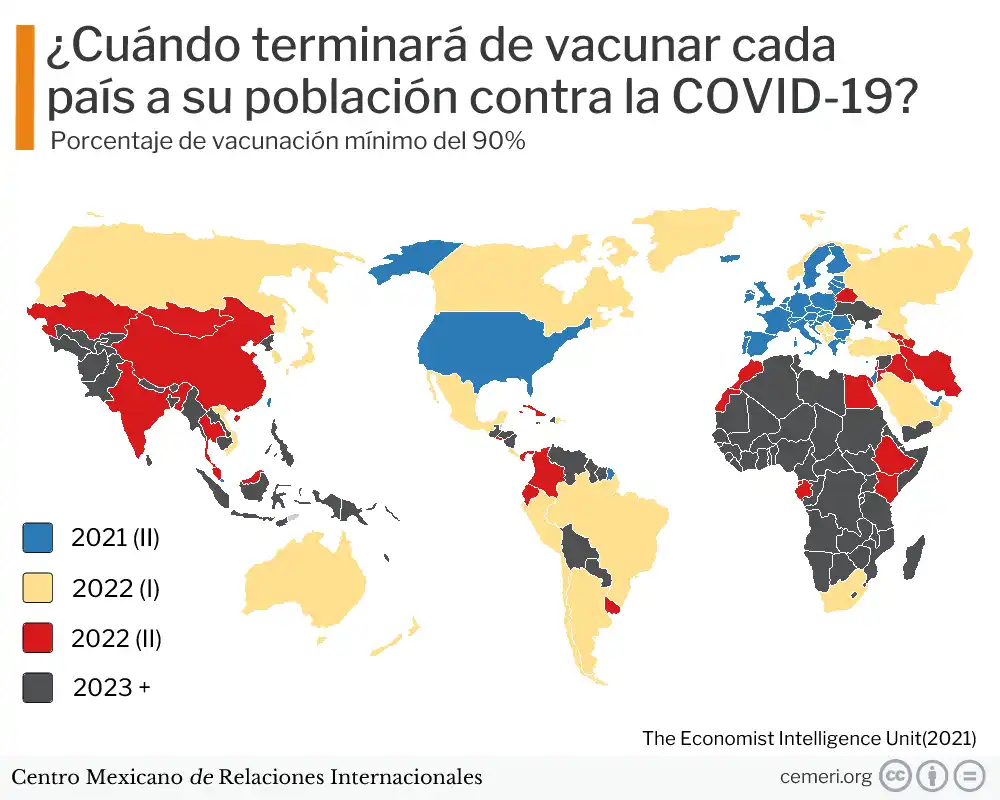Map
Luis Adrián Salgado
Perception of corruption in Latin America
- Transparency International defines corruption as the abuse of entrusted power for private gain. What are the most corrupt countries in Latin America?

At the end of January of this year, the international organization “Transparency International” published the 2020 version of its well-known Corruption Perceptions Index.
The CPI scores and ranks countries/territories based on the perceptions that experts and business executives have of the degree of corruption that exists in the public sector. It is a composite index, created through a combination of 13 surveys and assessments on corruption carried out by various prestigious institutions. The CPI is the most widely used indicator of corruption worldwide. This index is maintained by Transparency International, which is a global movement working in more than 100 countries to end the injustice of corruption.
What is corruption?
Transparency International defines corruption as the abuse of entrusted power for private gain. Corruption erodes trust, weakens democracy, hampers economic development, and further exacerbates inequality, poverty, social division, and the environmental crisis.
Corruption can take many forms and can include behavior such as:
- public servants demanding or accepting money or favors in exchange for services,
- politicians misuse public money or award public jobs or contracts to their patrons, friends and family,
- corporations that bribe officials to obtain lucrative deals
Corruption can happen anywhere: in business, government, courts, the media, and civil society, as well as in all sectors, from health and education to infrastructure and sports.
Corruption can involve anyone: politicians, government officials, public servants, businessmen, or members of the public. Corruption occurs in the shadows, often with the help of professional enablers such as bankers, lawyers, accountants, and real estate agents, opaque financial systems, and anonymous shell companies that allow corruption schemes to flourish and the corrupt to launder and hide their illicit wealth.
Corruption adapts to different contexts and changing circumstances. It can evolve in response to changes in rules, legislation, and even technology.
What are the benchmarks for the CPI?
Among the wide spectrum that corruption means, Transparency International starts from the following elements to weigh the levels of corruption in a country or region:
- Bribes, frequency and ease.
- Capacity and frequency of diversion of public funds by officials.
- Impunity of public servants for illegal acts.
- Strong government institutions that face the spectrum of corruption within the country.
- Administrative and bureaucratic barriers that prevent the correct response and fight against corruption.
- Appointments and promotions within the public administration at different levels that result from cronyism and nepotism instead of merit.
- Effective criminal prosecution of corrupt officials
- Appropriate legislation for the prevention of conflicts of interest between officials and public servants
- Legal protection systems for whistleblowers of corruption cases, such as journalists or investigators.
- Free access of the population to information on public affairs and transparency in government processes.
Corruption in Latin America
In the following table you will find the countries of Latin America ordered from the least to the most corrupt. The score is given on a scale of 0 to 100, while the position corresponds to a total of 180 countries.
| Country | Score | Position |
|---|---|---|
| Belize | n/a | n/a |
| Uruguay | 29 | 159 |
| Chile | 33 | 155 |
| Costa Rica | 43 | 138 |
| Cuba | 53 | 117 |
| Argentinian | 58 | 102 |
| Colombia | 61 | 88 |
| Ecuador | 61 | 88 |
| Brazil | 62 | 86 |
| Peru | 62 | 86 |
| El Salvador | 64 | 76 |
| Panama | 65 | 69 |
| Mexico | 69 | 56 |
| Bolivian | 69 | 56 |
| Dominican Republic | 72 | 43 |
| Paraguayan | 72 | 43 |
| Guatemala | 75 | 31 |
| Honduras | 76 | 23 |
| Nicaraguan | 78 | 21 |
| Haiti | 82 | 10 |
| Venezuela | 85 | 4 |

